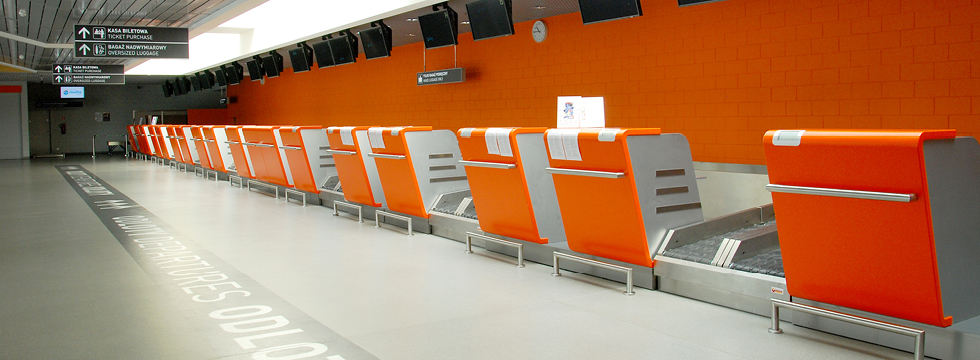Airports



The complex nature of airports means that architects have to account for a variety of critical operating factors to create a site that can safely manage thousands of people everyday while simultaneously maintaining a pleasant, hygienic and well-organised environment.
Specifying the right floor finish is crucial to ensuring that the airport’s daily activity is properly supported and that the passenger’s enjoy a high quality experience. If the screed or finish does fail then not only will it leave a poor impression on passengers, but it could also expose the airport to serious health and safety risks.
One flooring issue in particular that faces the aviation industry is the corrosive effect of Skydrol aviation hydraulic fluid. Flowcoat SK has been specifically formulated to withstand prolonged exposure to this substance.
Public facing areas, such as flight check-in and baggage claim, need floors that work with the interior design scheme to create an enjoyable, welcoming ambience. Seamless resin terrazzo, epoxy and methyl methacrylate systems are able to provide an attractive aesthetic while withstanding the heavy volume of foot and trolley-wheeled traffic. Flowcrete’s Mondéco terrazzo range for example has been utilised in airports such as Dublin, Manchester and Glasgow while Flowfast Quartz has likewise been installed in some of the world’s largest airports thanks to its ability to maintain a decorative surface despite sustained foot traffic.
Away from the public’s line of sight is an intricate web of hangars, catering areas, transport services, multi-storey car parks, maintenance buildings and more. Each of these areas will need a floor tailored to its specific challenges, which could include ultra hygienic surfaces for food preparation spaces, the ability to resist harsh chemicals or the strength to hold out against point loading from extremely heavy apparatus and vehicles.









